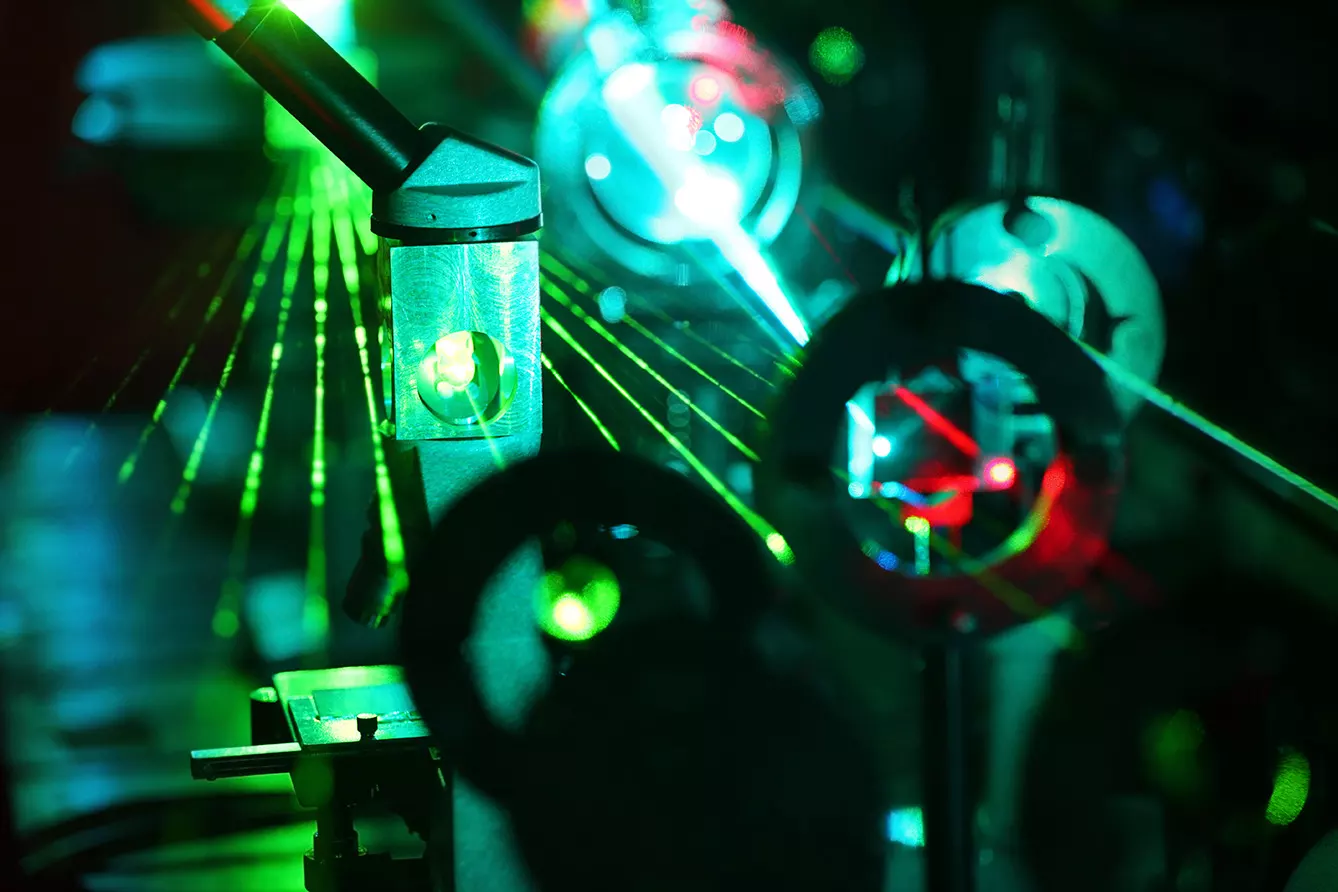Lithuania is not a large country, but it plays a surprisingly outsized role in the laser industry. More than half a century of technological experience and innovation has put the county at the forefront of laser technology. Their laser solutions, highly sought-after for both scientific and industrial purposes, are used by NASA and IBM, among many other multinational corporations.
First glimpses at the Lithuanian laser industry
Lithuanian constructors are determined to keep pushing the boundaries of technology development, and the country’s economists and politicians want to increase the share of this industry in the national economy. Their laser industry is made up of a dozen or so companies, which are not very large (as of 2015) by Western standards. Their total capital is assessed as local, yet these companies match the global industry leaders. Their total income reached nine digits in 2015 and is growing by 20% year on year. “Lithuanian lasers are known on all continents except Antarctica,” says Petras Balkevičius, director of the Lithuanian Laser Association.
Their laser industry is made up of a dozen or so companies, which are not very large by Western standards.
Lithuania joined the laser game early. In 1966, just six years after the first laser in the world was launched in the US, Lithuania already boasted a working device of its own design and production. This laser was used for research on semiconductors and further research on laser development. Since then, Lithuanian scientists and designers have ensured the continuous development of laser technology by achieving new breakthroughs, inventing new applications, increasing power and efficiency, and developing proprietary and unique technologies to accompany this development.
Today, Lithuanian companies Light Conversion and Ekspla are developing a new laser system that is expected to break all world records. Work on the system is expected to be completed this year. The new laser will generate 15 terawatts of power and will be used to accelerate electrons for research purposes.
Forecasts for the future
“Lithuania’s laser sector has grown to a fully self-sustaining ecosystem that builds on tight connections between research institutions and businesses,” explains Dr. Gediminas Račiukaitis, President of the Lithuanian Laser Association. “As most – and at the beginning nearly all – employees of Lithuanian laser manufacturers had their start in laser physics in the country’s scientific institutions, the relationship between academia and industry in this sector has always been strong.”
The laser branch of the Lithuanian industry is growing at a rate of 15% per year, with laser sales doubling in five years. The laser industry is expected to generate more than 1% of Lithuania’s GDP by 2025.







